
Find Help
More Items From Ergsy search
-

What are some common types of SEND?
Relevance: 100%
-

What are some common misconceptions about SEND?
Relevance: 74%
-

What are SEND children?
Relevance: 62%
-

Who are SEND children?
Relevance: 59%
-

Can SEND status change over time?
Relevance: 57%
-

What does SEND stand for?
Relevance: 57%
-

Can I send money to an inmate?
Relevance: 57%
-

Why does my email appear to be sending spam?
Relevance: 54%
-

What support is available for SEND children in schools?
Relevance: 53%
-

Do SEND children attend mainstream schools?
Relevance: 53%
-

How is progress measured for SEND children?
Relevance: 53%
-

How do I send books or magazines?
Relevance: 53%
-

Are there specific laws governing SEND in schools?
Relevance: 53%
-

How are parents involved in the SEND process?
Relevance: 52%
-

Who is responsible for assessing SEND needs?
Relevance: 52%
-

How do funding and resources affect SEND support?
Relevance: 52%
-
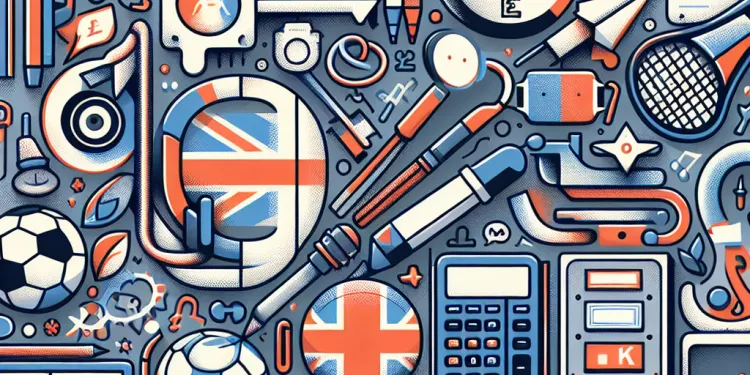
Can SEND children access extracurricular activities?
Relevance: 51%
-
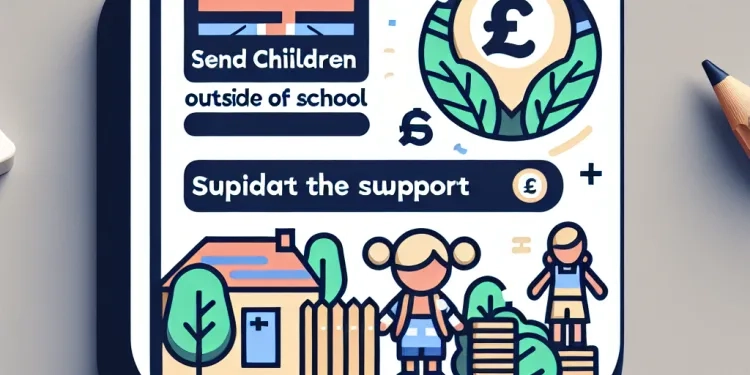
What support is available outside of school for SEND children?
Relevance: 51%
-
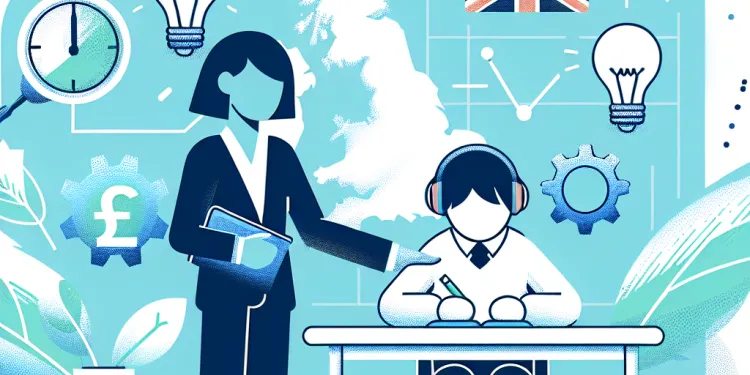
What role do teachers play in supporting SEND children?
Relevance: 50%
-

How can schools create an inclusive environment for SEND children?
Relevance: 50%
-

What items can I send to someone in prison?
Relevance: 49%
-
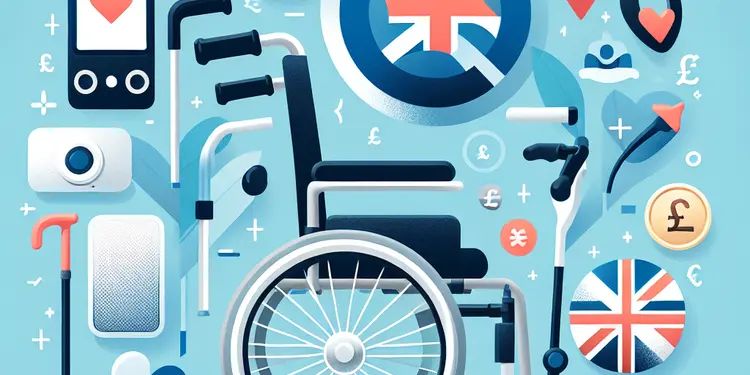
What are common types of mobility equipment?
Relevance: 49%
-
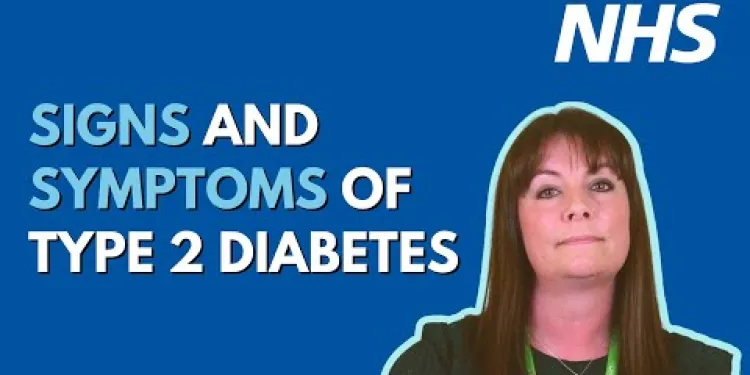
Type 2 diabetes - common signs and symptoms UHL NHS Trust
Relevance: 47%
-

What are the main types of sleep apnea?
Relevance: 43%
-
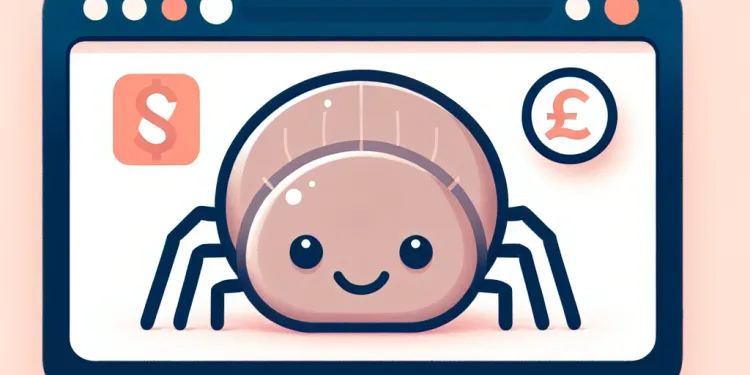
What types of spiders are commonly found in UK homes?
Relevance: 42%
-
What are some common types of dementia?
Relevance: 40%
-
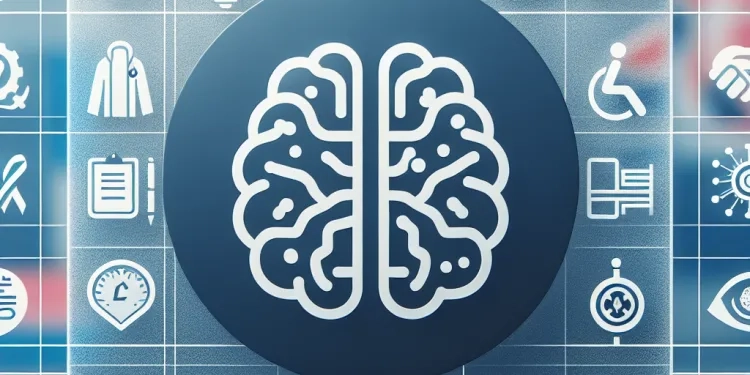
What are some common types of dementia?
Relevance: 40%
-
What are some common types of dementia?
Relevance: 40%
-

Are there different types of ADHD?
Relevance: 39%
-

How can I identify if my child has SEND?
Relevance: 37%
-

How can parents advocate for their SEND child?
Relevance: 36%
-
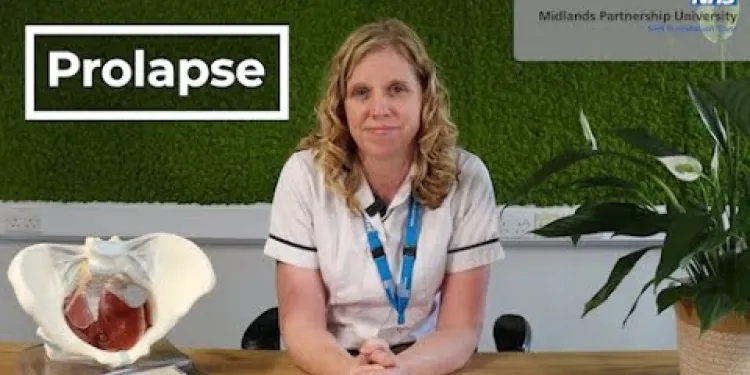
Prolapse Types and Tips
Relevance: 36%
-

What are the main types of eczema?
Relevance: 36%
-

What are the symptoms of Type 2 Diabetes?
Relevance: 36%
-
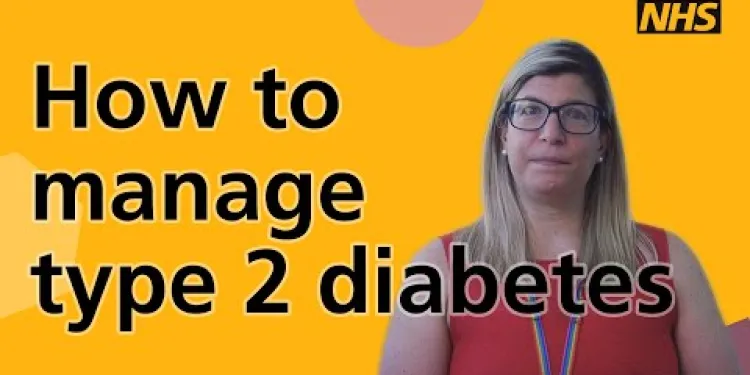
How to manage type 2 diabetes
Relevance: 35%
-

Is Type 2 Diabetes hereditary?
Relevance: 35%
-

Type 1 Diabetes supporting adults to manage Type 1 diabetes
Relevance: 35%
-
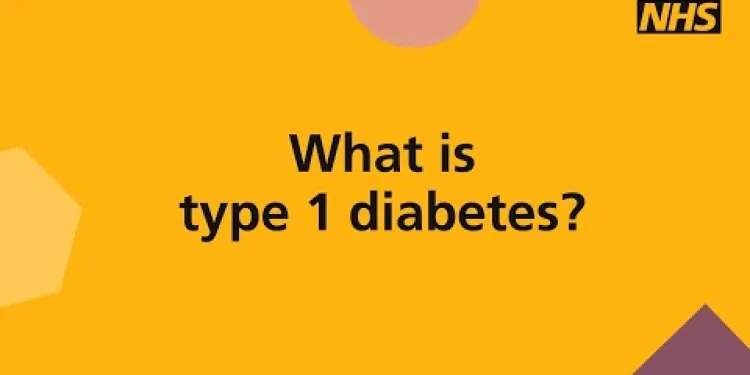
What is type 1 diabetes?
Relevance: 35%
-

What are the main types of meningitis?
Relevance: 35%
-

What are the types of thrombosis?
Relevance: 35%
What are some common types of SEND?
In the United Kingdom, Special Educational Needs and Disabilities (SEND) encompass a wide range of conditions that affect a child's ability to learn. It is essential to understand that SEND covers both learning difficulties and disabilities, which may require different types of support in educational settings. Here are some of the most common types of SEND you might encounter in the UK.
Autism Spectrum Disorder (ASD)
Autism Spectrum Disorder is a developmental disorder that affects communication, social interaction, and behavior. Children with ASD may find it challenging to interpret social cues and engage in typical communication methods. They may also exhibit repetitive behaviors and have specific routines. Support for ASD typically includes structured environments and tailored learning approaches.
Attention Deficit Hyperactivity Disorder (ADHD)
ADHD is a neurological condition characterized by difficulties with concentration, hyperactivity, and impulse control. Children with ADHD may struggle to stay focused, have difficulty following instructions, and display excessive movement or talking. Effective strategies include behavioral interventions, organizational support, and sometimes medication.
Specific Learning Difficulties (SpLD)
Specific Learning Difficulties refer to conditions that affect a person's ability to learn certain skills. This category includes dyslexia, which impacts reading and writing skills, dyscalculia, which affects mathematical ability, and dysgraphia, which involves difficulties with writing. Interventions typically include specialized teaching methods and assistive technology.
Speech, Language, and Communication Needs (SLCN)
Children with SLCN experience difficulties with speech and language skills, affecting their ability to communicate effectively. This may include trouble forming words and sentences, understanding spoken language, or using language socially. Support often involves speech and language therapy and classroom strategies to enhance communication skills.
Social, Emotional, and Mental Health (SEMH) Needs
SEMH needs encompass a range of challenges that affect a child's emotional well-being and behavior. These may include anxiety, depression, or conduct disorders, which can impact learning and social interaction. Support strategies can include counseling, behavioral management techniques, and creating a supportive school environment.
Physical Disabilities
Physical disabilities can vary significantly in their nature and impact on a child's education. These disabilities may involve mobility challenges, sensory impairments, or chronic health conditions that require adaptations in the learning environment. Schools often provide physical aids, access adjustments, and additional support staff to meet these needs effectively.
Conclusion
Understanding the variety of SEND types is crucial for providing appropriate support and fostering an inclusive educational environment. Recognizing each condition's specific requirements helps educators, parents, and caregivers tailor their support to meet individual needs effectively, ensuring all children have the opportunity to thrive in their education.
What are some common types of SEND?
In the UK, SEND stands for Special Educational Needs and Disabilities. These are different things that can make it hard for a child to learn. SEND can mean learning difficulties or disabilities. Each one might need different help. Here are some common types of SEND you might see in the UK.
Autism Spectrum Disorder (ASD)
ASD is a condition that affects how a child communicates and interacts with others. Kids with ASD might find it hard to understand social cues or talk in the usual ways. They might like doing the same thing over and over again. Support for ASD includes having routines and special ways of learning.
Attention Deficit Hyperactivity Disorder (ADHD)
ADHD is a condition that makes it hard for kids to stay focused and control their energy and actions. Kids with ADHD might have trouble paying attention, following instructions, or sitting still. Help can include behavior plans, help with organizing, and sometimes medicine.
Specific Learning Difficulties (SpLD)
Specific Learning Difficulties affect learning certain skills. This includes dyslexia (reading and writing), dyscalculia (math), and dysgraphia (writing). Help can include special ways of teaching and tools to assist with learning.
Speech, Language, and Communication Needs (SLCN)
Kids with SLCN have trouble with talking and understanding language. They might find it hard to say words, make sentences, or understand what others say. Support can be speech therapy and strategies in class to help communication.
Social, Emotional, and Mental Health (SEMH) Needs
SEMH needs affect a child's feelings and behavior. This can include feeling anxious, sad, or having behavior problems. Support can be talking to a counselor, behavior plans, and making school a supportive place.
Physical Disabilities
Physical disabilities can be different and affect how a child learns. This can include problems with moving around or health issues. Schools help by providing tools, making places accessible, and having support staff.
Conclusion
Knowing about different types of SEND is important to help kids learn better. It helps teachers and parents give the right support, so all children can do well in school.
Frequently Asked Questions
What does SEND stand for?
SEND stands for Special Educational Needs and Disabilities.
What are the most common types of SEND?
The most common types include Autism Spectrum Disorder (ASD), Attention Deficit Hyperactivity Disorder (ADHD), dyslexia, speech and language difficulties, and emotional and behavioral disorders.
What is Autism Spectrum Disorder (ASD)?
ASD is a developmental disorder that affects communication and behavior, and it includes a range of symptoms and skills.
What are speech and language difficulties?
These difficulties involve challenges with communication, including problems with speaking, understanding or using language effectively.
What is dyslexia?
Dyslexia is a learning difficulty that primarily affects the skills involved in accurate and fluent word reading and spelling.
What is ADHD?
Attention Deficit Hyperactivity Disorder (ADHD) is a condition characterized by patterns of inattention, hyperactivity, and impulsivity.
What are emotional and behavioral disorders?
These disorders involve significant challenges in emotional regulation and behavior, which can impact learning and social interactions.
What is a sensory processing disorder?
A sensory processing disorder is a condition where the brain has trouble receiving and responding to information that comes in through the senses.
What is a physical disability in the context of SEND?
A physical disability involves limitations on a person's physical functioning, mobility, or physical capacity.
What is a specific learning difficulty?
Specific learning difficulties refer to a group of conditions that include dyslexia, dyscalculia, and dysgraphia, affecting different aspects of learning.
What is dyscalculia?
Dyscalculia is a specific learning difficulty that affects a person's ability to understand numbers and learn math facts.
What is dysgraphia?
Dysgraphia is a learning disability that affects writing, which requires a complex set of motor and information processing skills.
What are social, emotional, and mental health (SEMH) difficulties?
SEMH difficulties refer to challenges that affect a child’s ability to manage emotions, socialize, and participate in learning.
What is developmental coordination disorder (DCD)?
DCD, also known as dyspraxia, is a condition affecting physical coordination, making daily activities challenging.
What are hearing impairments?
Hearing impairments involve a decreased ability to hear, which can affect communication and learning.
What are visual impairments?
Visual impairments refer to a range of vision issues that cannot be fully corrected by glasses or contact lenses, impacting education.
What is a profound and multiple learning difficulty (PMLD)?
PMLD is a complex SEND that includes severe learning difficulties and physical disabilities, often requiring intensive support.
What is a language disorder?
A language disorder is when a person has difficulties understanding and/or using spoken, written, and/or other language.
What roles do educators play in supporting SEND students?
Educators provide tailored instruction, adapt learning environments, and work with specialists to support SEND students' educational needs.
How are SEND needs typically identified?
Identification of SEND needs usually involves assessments by healthcare professionals, educational psychologists, and teachers.
What does SEND mean?
SEND stands for Special Educational Needs and Disabilities.
These are extra help some children might need in school.
If you find reading hard, you can try:
- Audio books
- Reading aloud with someone
- Using pictures to help understand
- Asking for help from a teacher or friend
SEND means Special Educational Needs and Disabilities.
What are the most common types of SEND?
SEND means Special Educational Needs and Disabilities. Here are some types:
- Learning problems like reading or math trouble.
- Communication problems like speaking or understanding words.
- Emotional and behavior problems like feeling very worried or getting angry easily.
- Sensory problems like being very sensitive to lights or sounds.
If you need help with SEND, you can:
- Ask a teacher for extra help.
- Use pictures or apps to understand better.
- Have quiet time if things feel too much.
Here are some common learning and behavior types:
- Autism Spectrum Disorder (ASD): This affects how people communicate and interact.
- Attention Deficit Hyperactivity Disorder (ADHD): This makes it hard to focus or sit still.
- Dyslexia: This makes it hard to read letters and words.
- Speech and Language Difficulties: This makes talking and understanding words hard.
- Emotional and Behavioral Disorders: This affects feelings and behaviors.
Helpful tools can be:
- Using pictures and videos to understand better.
- Having short, simple instructions.
- Reading out loud with someone.
- Taking breaks to rest and play.
What is Autism Spectrum Disorder (ASD)?
Autism Spectrum Disorder, or ASD, is a condition that affects how a person understands the world and talks to other people. People with ASD may learn, think, and solve problems differently.
Some people with ASD may talk a lot, and some might not talk much at all. They might like to do the same things over and over.
If you have questions about ASD, you can ask someone you trust, like a parent or teacher. They can help you understand more.
For help with reading, you can use pictures or ask someone to read with you.
Autism is something that affects how people talk and act. It can look different in everyone and can change how people behave and communicate.
What are speech and language difficulties?
Speech and language difficulties make it hard for people to talk and understand words. This can mean:
- Having trouble saying words clearly.
- Finding it hard to put words in the right order to make a sentence.
- Struggling to understand what others say.
Helpful tools or activities can make talking and understanding easier. Here are some ideas:
- Use pictures to help explain words.
- Speak slowly and use simple words.
- Play fun games that use words and sounds.
These challenges are about talking and listening. They can be about having trouble speaking or understanding and using words.
What is dyslexia?
Dyslexia is when people find it hard to read and spell words even though they are smart and want to learn. It is a different way the brain works.
Here are some ways to help:
- Use audio books to listen to stories.
- Try reading out loud with a friend or adult.
- Use apps or tools that turn speech into text.
Dyslexia is when someone finds it hard to read words correctly and smoothly. It can also make spelling words difficult.
What is ADHD?
ADHD stands for Attention Deficit Hyperactivity Disorder. It is a condition that makes it hard for people to pay attention and sit still.
Here is how ADHD can affect someone:
- They might find it hard to focus on one thing.
- They might move around a lot when they need to stay still.
- They might act without thinking first.
If you or someone you know has ADHD, it can help to:
- Talk to a doctor for advice.
- Use a calendar or planner to remember things.
- Take short breaks when doing tasks.
ADHD is a condition that means you might have trouble paying attention, sitting still, and waiting your turn.
What are emotional and behavior problems?
Emotional and behavior problems are when feelings and actions make things hard at school, home, or with friends. It can be hard to stay calm, listen, or feel happy.
Here are some ways to help:
- Talk to a counselor or teacher.
- Practice deep breathing to stay calm.
- Use a feelings chart to show how you feel.
These problems make it hard for people to control their feelings and actions. This can make school and being with friends difficult.
What is a sensory processing disorder?
Sometimes, the brain has trouble understanding information from the senses. This can happen with things you see, hear, touch, taste, or smell.
When this happens, it is called a sensory processing disorder.
People with this disorder might feel too much or too little from their senses. For example, loud noises might seem too loud, or soft things might feel too scratchy.
Helpful tools or techniques can include:
- Wearing noise-canceling headphones to block out loud sounds.
- Using fidget toys to help focus.
- Taking breaks in a quiet place.
- Asking for help from a teacher or therapist.
Sensory processing disorder means the brain finds it hard to understand information from the senses, like seeing, hearing, or touching.
What is a physical disability in SEND?
A physical disability is when a person's body works differently. This can make some things hard to do. For example, walking or holding things might be difficult.
In SEND, which means Special Educational Needs and Disabilities, a physical disability is something that affects how a child moves or uses their body at school.
Tools can help! Wheelchairs, special chairs, or computers can make things easier for children with physical disabilities.
Teachers and helpers can give support too, like making changes to the classroom to help everyone learn and play.
A physical disability means there are things a person's body finds hard to do. This can be how they move, how their body works, or how much energy they have.
What is a specific learning difficulty?
A specific learning difficulty is when someone finds it hard to do certain things.
This can include reading, writing, or understanding numbers.
People with specific learning difficulties learn in different ways.
Using pictures, listening to sounds, or getting extra help can make learning easier.
Some people have special learning problems. These include difficulties like dyslexia, dyscalculia, and dysgraphia. These can make learning different things harder.
What is dyscalculia?
Dyscalculia is when people have trouble with numbers and math. It can be hard for them to add, subtract, count, and measure things.
Here are some ways to help:
- Use number lines or counting blocks to show how numbers work.
- Try using math games and apps to practice.
- Ask a teacher or tutor for extra help with math.
Dyscalculia makes it hard for someone to understand numbers. It also makes learning math facts tricky.
What is dysgraphia?
Dysgraphia is a condition that makes it hard to write. People with dysgraphia may have trouble with spelling, handwriting, or putting thoughts on paper.
If you have dysgraphia, here are some things that can help:
- Use a computer to type instead of writing by hand.
- Practice writing letters and words slowly and carefully.
- Ask for extra time to finish writing tasks.
- Work with a teacher or helper who can give support.
Remember, everyone learns in their own way, and it's okay to ask for help!
Dysgraphia is a learning problem. It makes writing hard. Writing needs many small body movements and thinking skills.
What are social, emotional, and mental health (SEMH) difficulties?
Social, emotional, and mental health (SEMH) difficulties can make it hard for children to do well at school or make friends.
These difficulties can mean feeling very sad, worried, or angry. They might make it hard for someone to follow the rules or pay attention.
There are ways to help, like talking to someone you trust, using calming exercises, or working with a support teacher.
SEMH difficulties happen when a child finds it hard to understand feelings, make friends, or learn in school.
What is DCD?
DCD means Developmental Coordination Disorder. It makes it hard for some people to move and do things with their hands and body.
People with DCD might find it tricky to run, jump, or write. They might need more time to learn new tasks.
If you or someone you know has DCD, it can help to do exercises and practice skills. You can also use tools like special pens or apps to help with learning.
DCD is short for Developmental Coordination Disorder. It is also called dyspraxia. DCD makes it hard for people to move their bodies smoothly. This can make everyday tasks difficult.
What are hearing problems?
People with hearing problems find it hard to hear sounds.
This can happen for lots of reasons, like getting older or because of loud noises.
Some people use tools like hearing aids to help them hear better.
Talking with a doctor can help you learn more and get the right help.
When someone has trouble hearing, it can make talking and learning hard.
What are problems with seeing?
Some people have trouble seeing things clearly. This is called a "visual impairment."
If you have a problem seeing, there are tools that can help. You might use glasses, a magnifying glass, or a special computer.
Don't worry; there are people who can help you see better. They might be doctors or teachers.
Some people have problems with their eyes. Glasses or contact lenses can't fix these problems. This can make learning harder for them.
What is profound and multiple learning difficulty (PMLD)?
Some people have a hard time learning many things. This is called profound and multiple learning difficulty, or PMLD.
People with PMLD may need extra help with talking, walking, and doing things by themselves. They might have trouble seeing or hearing too.
There are tools that can help, like pictures, signs, or technology to make things easier. We can also use simple words and take things slow. It is important to be kind and patient.
PMLD means someone has big challenges with learning and moving. They need a lot of help.
Tools to help:
- Use pictures with words.
- Try touch and sound games.
- Get a helper for school or home.
- Use simple signs or actions.
What is a language disorder?
A language disorder is when someone has trouble talking or understanding words. It can make it hard to share ideas or understand what others say.
Tools that can help:
- Pictures or drawings
- Simple words and sentences
- Pointing to objects
People with language disorders can get help from speech therapists. They teach new ways to talk and understand better.
A language disorder is when someone has trouble understanding or using words. This can be with talking, writing, or other types of language.
How do teachers help students with SEND?
Teachers have important jobs to help students with SEND (Special Educational Needs and Disabilities).
Here are some ways they help:
- They make learning fun and easy to understand.
- They listen and give extra help when needed.
- They use special tools, like pictures and videos, to teach.
- They work with families to support students at home and school.
If you need extra help, talk to a teacher or use tools like audiobooks, or apps that help with reading and writing.
Teachers help students learn in different ways. They change the classroom to make it easier to learn. They also talk to experts to help students with special learning needs.
How do we find out if a child needs SEND help?
We look for signs that a child might need extra help. These signs can be if a child finds it hard to learn or join in with others. Teachers and parents watch closely and talk about what they see.
If someone thinks help is needed, they might ask the child to do some simple tests. This helps to know more about how the child learns.
There are people like special teachers or doctors who can help find out what the child needs.
Using drawings, stories, or simple games can make it easier to understand how the child feels and learns.
To find out if someone needs extra help with learning, doctors, special teachers, and regular teachers do some tests and checks.
Useful Links
- Ergsy carfully checks the information in the videos we provide here.
- Videos shown by Youtube after a video has completed, have NOT been reviewed by ERGSY.
- To view, click the arrow in centre of video.
- Most of the videos you find here will have subtitles and/or closed captions available.
- You may need to turn these on, and choose your preferred language.
- Go to the video you'd like to watch.
- If closed captions (CC) are available, settings will be visible on the bottom right of the video player.
- To turn on Captions, click settings .
- To turn off Captions, click settings again.
More Items From Ergsy search
-

What are some common types of SEND?
Relevance: 100%
-

What are some common misconceptions about SEND?
Relevance: 74%
-

What are SEND children?
Relevance: 62%
-

Who are SEND children?
Relevance: 59%
-

Can SEND status change over time?
Relevance: 57%
-

What does SEND stand for?
Relevance: 57%
-

Can I send money to an inmate?
Relevance: 57%
-

Why does my email appear to be sending spam?
Relevance: 54%
-

What support is available for SEND children in schools?
Relevance: 53%
-

Do SEND children attend mainstream schools?
Relevance: 53%
-

How is progress measured for SEND children?
Relevance: 53%
-

How do I send books or magazines?
Relevance: 53%
-

Are there specific laws governing SEND in schools?
Relevance: 53%
-

How are parents involved in the SEND process?
Relevance: 52%
-

Who is responsible for assessing SEND needs?
Relevance: 52%
-

How do funding and resources affect SEND support?
Relevance: 52%
-

Can SEND children access extracurricular activities?
Relevance: 51%
-

What support is available outside of school for SEND children?
Relevance: 51%
-

What role do teachers play in supporting SEND children?
Relevance: 50%
-

How can schools create an inclusive environment for SEND children?
Relevance: 50%
-

What items can I send to someone in prison?
Relevance: 49%
-

What are common types of mobility equipment?
Relevance: 49%
-

Type 2 diabetes - common signs and symptoms UHL NHS Trust
Relevance: 47%
-

What are the main types of sleep apnea?
Relevance: 43%
-

What types of spiders are commonly found in UK homes?
Relevance: 42%
-
What are some common types of dementia?
Relevance: 40%
-

What are some common types of dementia?
Relevance: 40%
-
What are some common types of dementia?
Relevance: 40%
-

Are there different types of ADHD?
Relevance: 39%
-

How can I identify if my child has SEND?
Relevance: 37%
-

How can parents advocate for their SEND child?
Relevance: 36%
-

Prolapse Types and Tips
Relevance: 36%
-

What are the main types of eczema?
Relevance: 36%
-

What are the symptoms of Type 2 Diabetes?
Relevance: 36%
-

How to manage type 2 diabetes
Relevance: 35%
-

Is Type 2 Diabetes hereditary?
Relevance: 35%
-

Type 1 Diabetes supporting adults to manage Type 1 diabetes
Relevance: 35%
-

What is type 1 diabetes?
Relevance: 35%
-

What are the main types of meningitis?
Relevance: 35%
-

What are the types of thrombosis?
Relevance: 35%